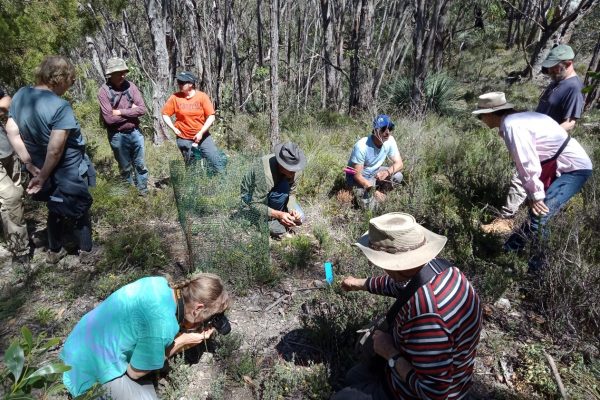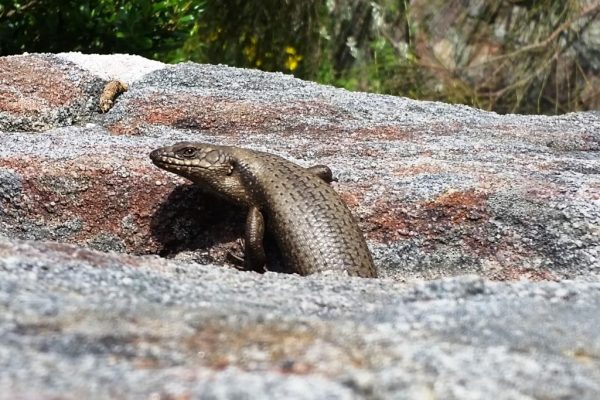Last Thursday, 10th December, Professor Mike Thompson from the University of Sydney spoke to a group of 25 people at the Clayton Bay Community Hall about the different species of Turtle in our area, why they are important to our river system and how they are under extreme threat. Mike also showed us the TurtleSAT app and how it can be used to record turtle sightings.
As one of the key threats to turtles is predation from foxes, Sandy Cummings, Senior NRM Officer with Natural Resources, SAMDB spoke about fox control methods and how to get the best results.
The following information has been taken directly from the TurtleSAT website, where you can download the app and record turtle sightings.
The Murray River Community Project
Turtles are a vital, but often overlooked, part of the River Murray ecosystem. Their biomass in the system is (or was) enormous, with estimates of over 100,000 tonnes of turtles in the Murray in the 1980s and early 1990s. Turtles are major consumers of invertebrate prey, small fishes, aquatic plants and importantly, carrion, making them integral to ecosystem health in the Murray, and ultimately to water quality through their part in the decomposition chain.
For many decades, predation on the eggs of turtles by foxes have been considered a potential problem for the health of turtle populations and more recently direct predation of nesting female turtles by foxes has been recognized as critical. Consequently, a catastrophic decline in turtle numbers was predicted within 20 years of 1993, and shown to be a reality in 2011. Recent sampling of turtle populations showed a decline of 69 – 91% decline in populations of common species that had been studied in Victoria in the 1970s.
Turtles in the Murray River
The Murray in South Australia has three species of turtles, the Murray short-necked turtle (Emydura macquarii), the Eastern long-necked turtle (Chelodina longicollis) and the broad-shelled turtle (Chelodina expansa). The short and long-necked turtles are widespread and common, whereas the broad-shelled turtle is much less common and considered vulnerable in some jurisdictions. Interestingly, the declines of turtles in Victoria seem to have severely impacted the common species and had little impact on the broad-shelled turtle.
Causes of decline
Anecdotal information suggests that the decline in turtles is system wide, however, we have little knowledge of important aspects of the biology of River Murray turtles, such as: Where do they breed? Are there important breeding “hotspots”? How far do they disperse? Are there important source populations that then disperse to colonize the rest of the system? What are the causes of decline? Are there regional differences in the causes of decline? Our working hypothesis for the decline in turtle populations is that the major underlying cause of turtle declines is predation on eggs and nesting females by foxes, but that many other factors also contribute to problem. Those factors include deaths on roads, in fish traps and from hook and line fishing, habitat changes from water management, drowning in water regulation structures, the effects of pesticides, salinity and polychaete worms, direct (competition) and indirect (reduction of ribbon weed) influences of the introduction of European carp, and probably other factors. The extended drought of the early 2000s exacerbated many of these problems, resulting in disease and a decline in numbers.
The turtle project and its technology
The Murray River Turtle Project was spearheaded by Ricky Spencer from the University of Western Sydney, Mike Thompson of Sydney University, Bruce Chessman from University of NSW, Arthur Georges from the University of Canberra. The project aims to identify the local and broader causes of turtle declines and discover the answers to the questions posed above. Answers to those questions are central to developing practical management solutions to halt and ultimately reverse the decline in turtles before the ecological consequences of their decline are beyond repair.
After presentations to the First Peoples of the River Murray and Mallee and the Local Action Planning group (LAP) Managers in October 2013, followed by training in turtle biology and survey methods by Thompson and Spencer, we have secured a grant from the Field Naturalists Society of SA and developed the TurtleSAT website to support community groups on the ground (eg. farmers, wetland managers, and school students) with recording of field data on turtles and their nests.
Four stages of the project
The first stage of the project would be consultation with agencies involved in fox control and management, as well as landholders and conservation managers. Stage 2 would be coordination and optimisation of fox control activities around key areas and properties. Stage 3 would consist of community mapping of turtle activity and assessing changes in nest predation rates, as well as, predation on nesting females. Finally a strategic management plan would be developed for implementation throughout the Murray-Darling Basin.
Your help is needed
Australia’s turtle populations and land managers need your help in answering these important questions so there can be appropriate safeguards put in place to protect turtles into the future.
You can assist by recording where you see turtles, where you see their nests, where turtles are seen or killed on the road, or evidence of turtles (such as skeletal remains).
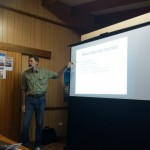

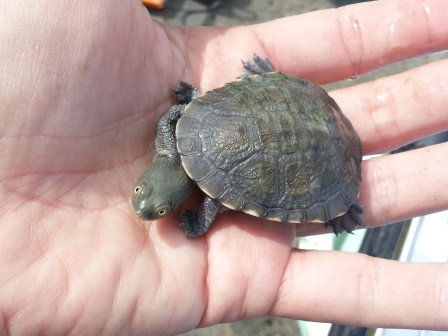
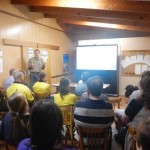 r (1)
r (1)